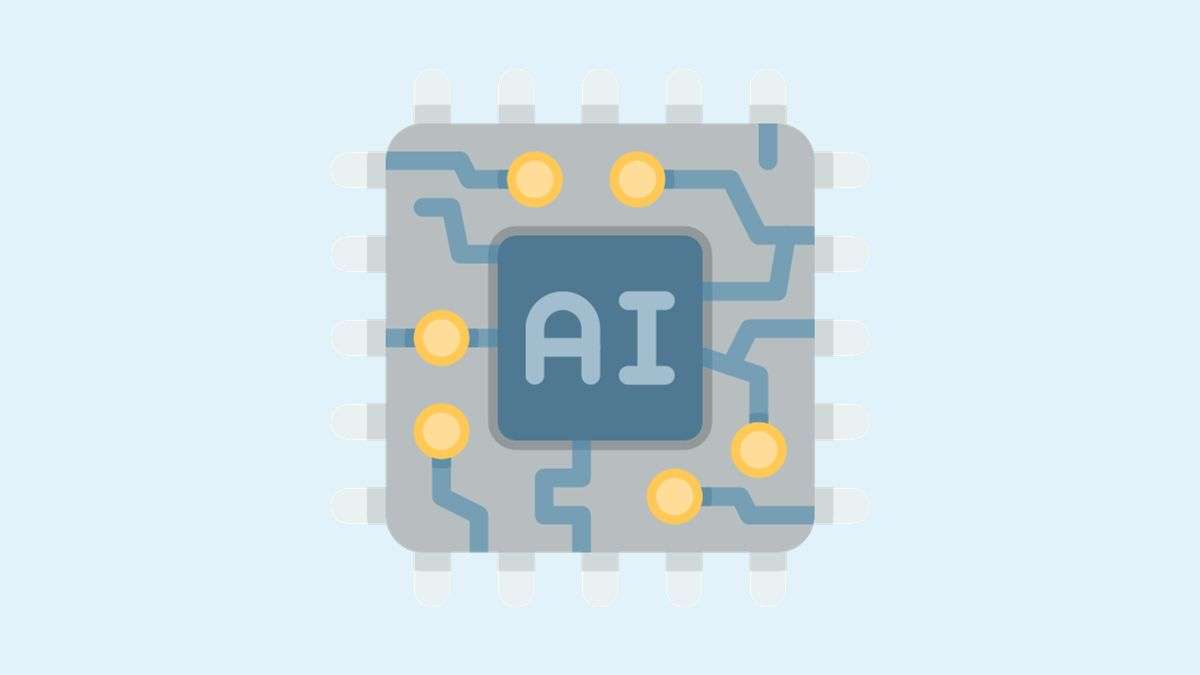Table of Contents
- Introduction
- AI in Publishing
- The Pros of AI in Publishing
- The Cons of AI in Publishing
- Balancing the Pros and Cons of AI in Publishing
- Conclusion
Introduction
Artificial intelligence (AI) is propagating fast in various industries. Publishing is no exception. The write-up assesses the pros and cons of AI in publishing.
As AI capabilities advance, publishers increasingly adopt these technologies to streamline workflows, enhance content, and better understand their audiences.
In particular, AI tools are used for automated content creation, editing, recommendations, and data analysis. While AI unlocks exciting new opportunities, it also raises potential downsides regarding job displacement, ethical issues, and the impact on human creativity.
This article examines the key benefits and drawbacks of leveraging AI in publishing. We will define typical AI applications in publishing, highlighting efficiency gains and content improvements, and discuss concerns about AI’s societal impacts.
By exploring both the positives and negatives, we can spur thoughtful conversation around the responsible integration of AI and human collaboration in the publishing industry going forward.
AI refers to computer systems that can perform tasks usually requiring human intelligence, such as visual perception, speech recognition, and decision-making. In publishing, AI can automate repetitive tasks, generate written content with AI writing tools, provide recommendations, and uncover insights from data.
The use of AI is rapidly accelerating in publishing. Over half of publishers already employ AI for content and ad personalization. AI writing tools now routinely create news stories, blog posts, and more. Further AI adoption is expected as the technology improves and becomes more accessible.
In assessing the pros and cons of AI in publishing, we will analyze efficiency gains, content improvements, and cost savings, discussing risks of job loss, bias, and impacts on creativity. The goal is to spur nuanced, ethical dialogue on integrating human and AI capabilities moving forward.
AI in Publishing
In the publishing industry, AI is used in various applications to automate specific processes and enhance the quality and personalization of content.
AI for Content Creation and Editing
AI tools can now generate long-form content on a wide range of topics. While the quality is not yet on par with human writers, these AI content creators can produce draft blog posts, news articles, short stories, and more. The main benefit is the speed and low cost of content creation. Publishers use AI-generated drafts as a starting point, which editors can refine and finalize.
In addition, AI programs are utilized to edit written content. They can check for grammar, spelling, and stylistic errors. Some more advanced editing tools can even analyze text tone, structure, and readability levels. This assists publishers in polishing and fine-tuning content before publication.
AI for Content Distribution and Recommendations
Sophisticated AI algorithms help publishers determine optimal distribution strategies across platforms and surfaces to reach target audiences. These distribution tools tap into reader data and engagement metrics to predict which types of content will resonate best with each reader.
Similarly, AI powers personalized recommendations to connect readers with relevant articles and books. Publishers can serve custom recommendations by analyzing past behaviors and preferences, leading to higher engagement and sales.
Examples of AI Tools for Publishers
- Grammarly – Editing and proofreading
- Jasper – AI writing assistant
- Wibbitz – Automated video creation
- Narrative Science – Data-driven content generation
As AI capabilities grow more advanced, publishers are increasingly adopting these technologies. When thoughtfully implemented, AI can save publishers time and money while allowing them to create higher quality, personalized content for readers. Let’s continue delving into the pros and cons of AI in publishing.
The Pros of AI in Publishing
AI has the potential to bring several key benefits to the publishing industry. Let’s explore some of the main advantages.
Increased Efficiency and Productivity
AI tools can automate repetitive and time-consuming tasks like proofreading, fact-checking, and layout design. This allows publishers to free up staff for more creative and strategic work. Specifically:
- AI writing tools can generate draft content and articles, allowing writers to focus on editing and adding their unique perspectives.
- Automated image tagging and metadata generation save staff hours preparing assets for publication.
- Chatbots handle routine customer service queries, enabling staff to focus on complex requests.
Through process automation, publishers see greater efficiency, faster content output, and lower operational costs.
Enhanced Content Quality
Advanced AI algorithms help enhance content quality and personalize content for readers. For example:
- Natural language generation tools create more engaging, readable text tuned to target audiences.
- Sentiment analysis guides writers in better connecting emotionally with readers.
- Recommendation engines serve content based on reader preferences and behavior, increasing engagement.
As a result, publishers create higher quality, more relevant content while readers enjoy a more personalized experience.
Cost Savings and Improved Decision-making
AI excels at processing massive datasets and uncovering insights for better decision-making:
- Predictive analytics guides strategic decisions on content topics, formats, and timing.
- Automated A/B testing allows rapid optimization of headlines, imagery, etc.
- Data mining reveals reader preferences and trends to inform investments.
This leads to cost savings through better resource allocation and investments focused on high-value content.
The Cons of AI in Publishing
While AI promises increased efficiency and productivity in publishing, some notable drawbacks must be considered.
Job Displacement and the Impact on Creativity
One primary concern is that AI could displace human jobs in editing, writing, and other publishing roles. Some estimates suggest that AI could automate up to 25% of publishing jobs within 10 years. This could negatively impact opportunities for human creativity and expression in publishing.
There are also worries that over-reliance on AI tools could lead to formulaic, lifeless writing and content. Without human insight, personality, and imagination, the publishing industry could lose the creativity that makes books, magazines, and other content compelling.
Ethical Issues and Misinformation
Using AI to generate news stories, books, and other content raises ethical questions. AI systems can unconsciously perpetuate biases, inaccuracies, and misinformation embedded in their training data.

There are also concerns about attribution and copyright. Who owns the intellectual property of AI systems that generate content, paintings, music, and more? Standards will need to be developed to handle these issues.
Ensuring Diversity and Inclusivity in AI Content
A significant challenge with AI in publishing is ensuring the data used to train them represents diverse perspectives. If the data lacks diversity, AI-generated content may perpetuate stereotypes or fail to resonate with minority groups.
For example, AI writing tools trained only on English literature by white authors may not capture the nuance needed to authentically portray characters from other backgrounds. Concerted efforts are needed to address this issue.
Balancing the Pros and Cons of AI in Publishing
Integrating AI technology with human expertise and creativity is crucial for the publishing industry to leverage the benefits of automation while maintaining high editorial standards. Publishers should view AI as a collaborative tool, not a replacement for human judgment and creativity. Balancing the pros and cons of AI in publishing requires a delicate approach and similarly delicate implementation.
Strategies for Thoughtful AI Implementation
Here are some key strategies publishers can employ to implement AI thoughtfully:
- Involve editors early when evaluating AI writing tools to provide feedback and guardrails
- Establish clear guidelines on appropriate AI uses, like draft content generation vs. final edits
- Implement rigorous reviewing processes for AI-generated content before publication
- Continuously retrain AI models on human-edited content to improve quality over time
- Periodically review the pros and cons of AI in publishing, proactively planning strategies to counter drawbacks with opportunities
Maintaining Editorial Integrity
While AI promises enhanced efficiency, publishers must uphold long-held editorial standards by:
- Ensuring factual accuracy and language quality through human review processes
- Preserving authorial voice and perspective in edited content
- Considering the ethical implications of AI-generated content
Case Study: The Washington Post’s AI Experiment
The Washington Post tested an AI writing tool called Heliograf to cover high school sports and local election results. Editors provided oversight throughout by:
- Training Heliograf with archived articles as reference
- Establishing the tone and angle for AI-generated stories
- Closely reviewing all content before publication
They created more content by integrating AI with human expertise while upholding their editorial standards.
Conclusion
In this write-up, we have explored the pros and cons of AI in publishing. On one hand, AI tools offer immense potential to streamline workflows, enhance content, and provide data-driven insights. However, legitimate concerns remain about the impact of AI on human jobs, creativity, and ethical issues around content production.
Rather than taking an all-or-nothing approach, the solution lies in thoughtfully integrating AI within publishing in a way that amplifies human skills. Publishers must remain vigilant of the risks while capitalizing on AI’s benefits. With conscientious implementation, AI and human intelligence can complement one another to advance publishing.
Recap of Key Points
- AI is increasingly being adopted in publishing for content creation, editing, distribution, and data analytics.
- The benefits of AI include increased efficiency, cost savings, and an enhanced reader experience.
- However, concerns persist around job losses, creativity, ethics, and representation in AI-produced content.
- The best approach is thoughtfully combining AI technologies with human skills and oversight.
Evaluating AI in Publishing
As consumers and industry professionals, we must critically examine the role of AI and the pros and cons of AI in publishing. When supporting or opposing new technologies, we should assess their real-world impact on jobs, free speech, representation, consumer manipulation, etc.

1 thought on “The Pros and Cons of AI in Publishing”